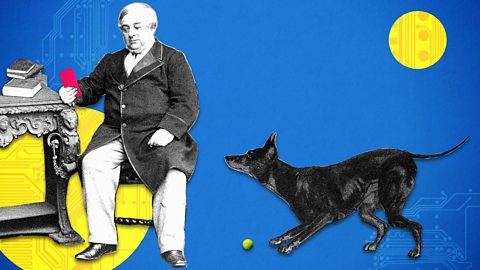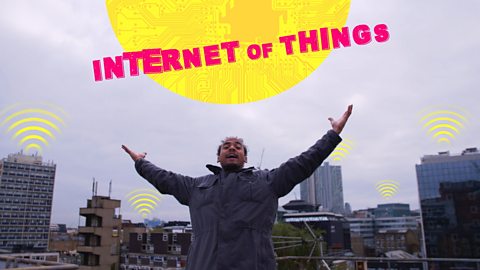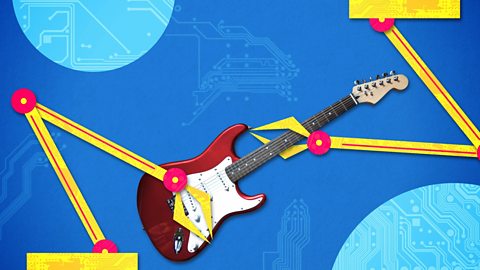Dev looks at how computational thinking can help solve the problem of high returns in online clothes retailing.
Returning clothes bought online that don’t fit is a waste of time and valuable resources – it means more traffic on the roads as delivery vans pick up and re-deliver, which is bad for the environment and increases costs for sellers, which they then pass on to customers making shopping more expensive for everybody.
Dev meets entrepreneur Tom Adeyoola, who uses experiences he gained in the games industry, to create 3D visualisation technology, that helps people buy clothes online that actually fit.
Teacher Notes
This could be used to start a classroom discussion about digital rights – personal data, explicit consent and responsible use of images and data. How should we feel as customers about using these new technologies? Should we have any concerns about our images and data being saved and reused in the future without our consent? This can be expanded out beyond retail experience into social media and other areas of digital life.
This could be used to introduce pupils to the idea of theoretical computer science having a real-world impact. Does Tom’s 3D visualisation technology lead to an improved user experience?
Curriculum Notes
This clip will be relevant for teaching Computer Science. This topic appears in OCR, Edexcel, AQA, WJEC KS4/GCSE in England and Wales, CCEA GCSE in Northern Ireland and SQA National 4/5 in Scotland.
More from the series Computer Science: Problem Solved
Using programming to find lost pets. video
91Čȱ¬ Radio 1 presenter Dev visits an Animal Rescue Centre and asks if computational thinking can help solve the problem of lost pets.

Problem Solved: Big Data. video
91Čȱ¬ Radio 1 presenter Dev visits a Smart City for a film about the Internet of Things and large scale data collection and analysis.

Can computational thinking be used to adapt musical instruments for players with a disability? Jacob Harrison has programmed a digital/analogue interface which allows a robot hand to play bass guitar.
